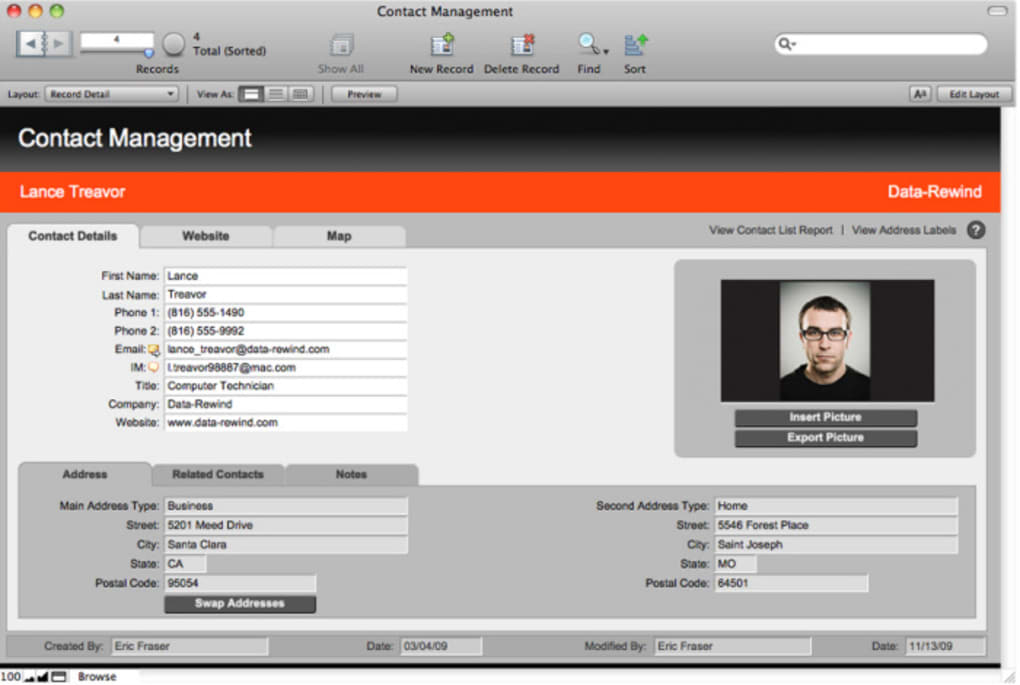

It’s long been possible for you to resize or move columns, but now users may also decide which fields are displayed on screen, just as you can hide columns in Excel. Table view has also gotten much more useful in this version. You can access saved finds via the new status area, or via a menu. This is especially useful because users’ finds are saved on their own computers-so an accountant’s saved finds can be different from a sales rep’s, for example. Ordinary users will now be able to save commonly used finds and execute them as many times as they want. There’s more good news in FileMaker Pro 10 for non-developers than in any release in a long time. For experienced users, the new status area takes some getting used to. (Screens are getting wider faster than they’re getting taller.) Perhaps new users will take it in stride.

But to do so, it has to occupy more space on screen-and worse, it takes up space at the top of the display, which is more valuable than space at the sides. The status toolbar lets you see longer layout names in the layouts menu, and makes room for more buttons.

The status toolbar has a contemporary look, and you can even customize it by adding or removing buttons, much the way you can customize your browser’s toolbar. The new status toolbar appears across the top of the active window, like the button bars in your Web browser. Notice the Saved Finds button in the browse mode toolbar.The most obvious (if not the most significant) change in the new version of FileMaker is the new status toolbar, which replaces both FileMaker’s old toolbar and the old status area on the left side of the window. The status toolbar combines functions of the old status area and the old toolbar.


 0 kommentar(er)
0 kommentar(er)
